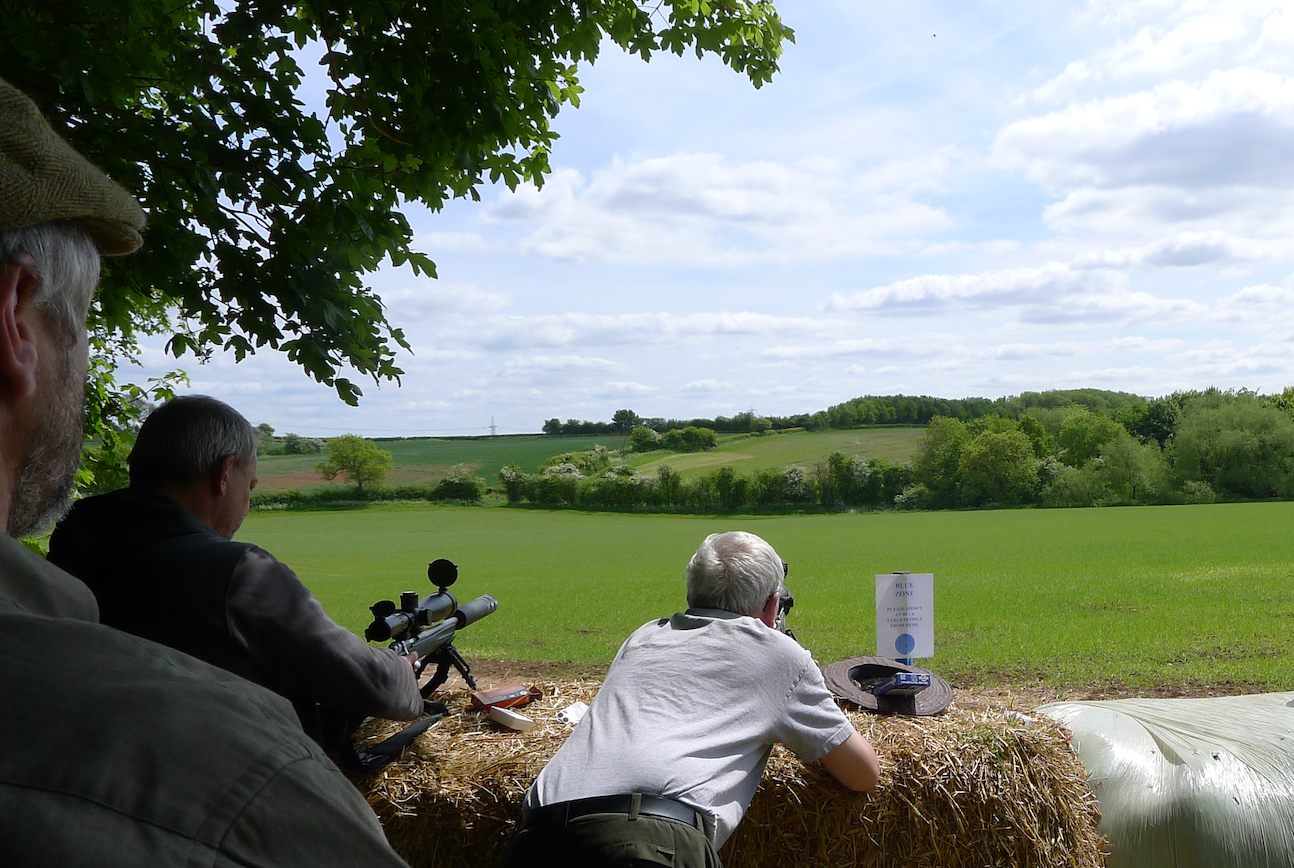The SMLE is known for its ability to compensate the point of impact depending upon the muzzle velocity of the individual rounds fired. Basically it is all to do with the rear locking lugs of the SMLE bolt and a relatively thin receiver which causes slight flex on discharge and a more pronounced barrel flip in a vertical plane from the lightweight barrel. A more modern examination of this phenomena used spark photographs to show the SMLE’s muzzle position versus muzzle velocity at the point that the bullet exits the muzzle. It was clear that the lower velocity bullets left when the muzzle axis was at or near its uppermost point while the higher velocity bullets exit the barrel at a lower point in the muzzle flip. If you think about it, this is the equivalent of aiming higher with a low velocity bullet and aiming lower with a higher velocity bullet – exactly what you would want to do if you knew what the muzzle velocity was going to be before you shot. Of course you cannot predict the velocity of each round before you shoot it, especially with military surplus ammo. The great thing is that this variation in velocity between rounds is handled automatically for you by the good old SMLE.
At longer ranges this compensation effect brings the different trajectories together and produces smaller groups. Hence an SMLE shooting variable velocity ammo will shoot more accurately at long range (800-1,000yd) compared to short range (200-500yd). Proper tests showed the best SMLEs could produce 30 to 50-shot groups of about 20″ at 1000yd. At 500yd, the same rifle-ammo combination would produce groups about the same size, i.e. twice as big in Minute of Angle terms. Some find this a difficult concept to accept but it was well understood and documented in the Textbook for Small Arms 1929. Page 56 shows a diagram that helps illustrate this. Now you know why target shooters between the wars would use a P14 at ranges up to 600yd but would switch to a SMLE for 900-1,000yd. The P14’s front locking Mauser action with a thicker barrel doesn’t exhibit any compensation and its accuracy is directly proportional to the muzzle velocity spread of the ammunition. Even when the No.4, with its slightly stiffer action and thicker barrel, became popular the greater compensation characteristics of the SMLE were still preferred at the longer ranges.
These compensation characteristics caused by the SMLE bolt/receiver/barrel also explain why there can be massive differences in bullet point of impact when different bullet weights are used or when a bayonet is fitted or when oil or water is present in the chamber. The latter will cause greater receiver/bolt flex and will alter barrel harmonics because of the more violent recoil impulse of cartridge against the bolt face due to the case not gripping the chamber walls.
